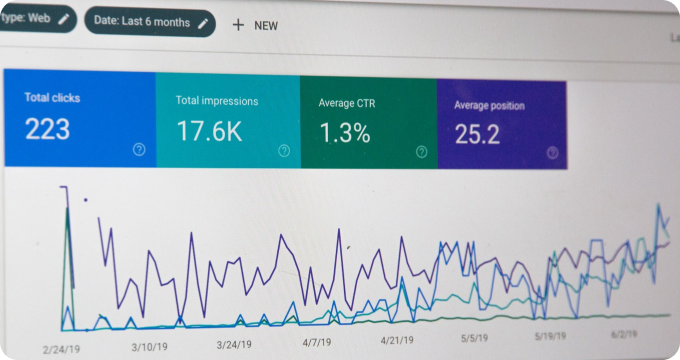Debunking the Top 10 Myths of Credit Union Vendor Management
- November 17, 2023
- 2 minutes
The world of Credit Union Vendor Management can seem arcane and intricate to the uninitiated. This complexity, along with misinformation or misunderstanding, often gives birth to myths. To guide you through the labyrinth of misconceptions, we will debunk the top 10 myths surrounding Credit Union Vendor Management.
Myth 1: Vendor Management is merely a procurement function
We need to divest ourselves of the notion that vendor management is simply procuratorial. Historically, the procurement function was the genesis of vendor management, where the focus was on cost reduction. However, in the contemporary business environment, vendor management has evolved into strategic sourcing, with a broadened scope that includes risk management, contract management, and performance evaluation. The objective now is not solely cost reduction, but also aligning vendor performance with organizational strategy and operational efficiency.
Myth 2: All vendor risks are financial
A reductionist tendency leads to the assumption that the risks associated with vendors are purely financial. This is a myopic perspective. Risks associated with vendors can be operational, compliance-based, reputational, or strategic. An event as seemingly unconnected as a vendor's public relations disaster can seriously impact a Credit Union’s reputation and member trust.
Myth 3: Vendor risk assessments are a one-time process
Many consider vendor risk assessments as a static, one-time process conducted during vendor onboarding. However, the dynamism of the business environment necessitates the periodic reassessment of vendor risks. Revaluations must be performed at regular intervals, at least annually, or whenever significant amendments to services or contract terms occur.
Myth 4: Vendor Management is a single-department responsibility
The traditional view of vendor management being the sole responsibility of procurement or supply chain departments is outdated. Today, Vendor Management is a cross-functional responsibility. All departments and stakeholders that interact with vendors, such as IT, legal, or operations, have a role to play in effective vendor management.
Myth 5: Vendor Management is only about managing vendors
While the management of vendors is certainly a significant part of vendor management, it is not the entirety. Vendor Management also includes processes such as vendor selection, contract negotiation, performance monitoring, risk management, and relationship management. Thus, the scope of vendor management is much broader than merely managing vendors.
Myth 6: The lowest bidder is always the best choice
While financial prudence is essential, the lowest bidder should not be chosen at the expense of quality, reliability, and value. Comprehensive evaluation metrics considering quality, service, reliability, and compliance should be employed to select vendors, thereby optimizing total cost of ownership (TCO) rather than focusing solely on price.
Myth 7: All vendors are the same
This is a pernicious myth. Vendors differ in their capabilities, reliability, compliance standards, and service quality. Vendor selection should consider these differences to align vendor capabilities with organizational needs.
Myth 8: Contract signing is the end of Vendor Management
Contrary to this myth, contract signing is just the beginning of the vendor management process. Post-contract activities such as performance monitoring, risk management, and relationship management are vital parts of vendor management.
Myth 9: Vendor Management technology is an unnecessary expense
Given the complexity and dynamism of modern vendor relationships, technology is an enabler and not an additional cost. Vendor Management Systems (VMS) can automate processes, improve efficiency, and provide real-time data, thereby enhancing vendor performance and reducing risks.
Myth 10: Vendor relationships are purely transactional
Today, vendor relationships are collaborative rather than transactional. Mutual trust, transparency, and collaboration can enhance vendor performance, improve service quality, and mitigate risks.
In conclusion, the myths surrounding Credit Union Vendor Management can obscure understanding and impede effective management. A clear understanding of Vendor Management, grounded in reality rather than misconceptions, is vital for effective vendor management and organizational success.
Learn More
Unleash the potential of your financial journey by diving deeper into our enlightening blog posts on credit union vendor management. They are encouraged to explore our impartial and comprehensive rankings of Best Credit Union Vendor Management for a clearer understanding and informed decision-making.
Popular Posts
-
 Credit Union Vendor Management Industry Report: Unveiling Key Findings and Strategic Insights
Credit Union Vendor Management Industry Report: Unveiling Key Findings and Strategic Insights
-
 Debunking the Top 10 Myths of Credit Union Vendor Management
Debunking the Top 10 Myths of Credit Union Vendor Management
-
 11 Things I Wish I'd Known About Credit Union Vendor Management Before Engaging One
11 Things I Wish I'd Known About Credit Union Vendor Management Before Engaging One
-
 What are Credit Union Vendor Management Systems and How Do They Work?
What are Credit Union Vendor Management Systems and How Do They Work?
-
 Ask These Questions to a Credit Union Vendor Management Provider to Choose the Right One for Your Business
Ask These Questions to a Credit Union Vendor Management Provider to Choose the Right One for Your Business






